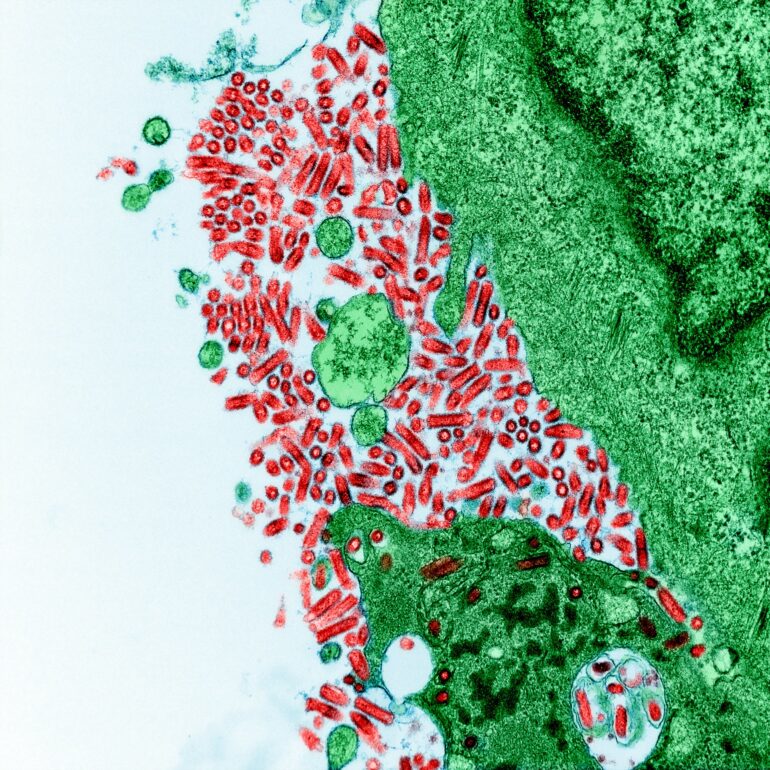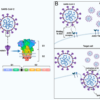A feral kitten in Omaha, Nebraska, tested positive for rabies in November 2023. It died of the raccoon variant of the virus, which is typically found only in the Appalachian Mountains. Detecting this variant hundreds of miles away in the Midwest raised concerns about a potential outbreak and launched a public health task force to vaccinate all raccoons in the area.
While the case was likely contained, a better understanding of how rabies is transmitted can help prevent future outbreaks. Researchers Rodney Rohde and Charles Rupprecht explain how rabies vaccination works and how to protect yourself from infection.
What causes rabies?
Rabies is an ancient viral disease that has been around for thousands of years. Considered a neglected tropical disease, rabies typically occurs in poorer communities without the infrastructure for adequate surveillance, prevention and control.
Rabies is unpredictable. Stages of infection include an incubation period that ranges from days to months, early flu-like symptoms, a period of severe neurological effects, coma and then death. Common early-stage symptoms in people, such as fatigue, fever and nausea, are often nonspecific. Neurological symptoms can involve aggression, confusion, difficulty swallowing and paralysis.
The pathogens that cause rabies belong to a genus of viruses called Lyssavirus that target warm-blooded vertebrates. Although researchers believe that all mammals are susceptible to infection, only certain animals are reservoirs: environments, habitats or populations where a pathogen can live, multiply and transmit. In the U.S., the highest-risk animal reservoirs for rabies are skunks, bats, foxes, coyotes and raccoons.
A kitten found in Omaha infected with rabies spurred a push to vaccinate local wildlife.
Most people who become infected with rabies get it from an animal bite. Less common routes include contact with open wounds or the mucous membranes of the eyes, nose or mouth. Once the virus enters the body, it can begin replicating in muscle tissue or after traveling directly to the brain. Once it spreads to other organs, patients typically die of brain inflammation.
Are rabies cases increasing?
Measuring the global burden of rabies is difficult because surveillance is often inadequate.
While human incidence of rabies are rare in the U.S., averaging one to three cases per year, this disease causes tens of thousands of deaths worldwide annually.
Rabies rates in animals vary each year. During 2021, 54 U.S. jurisdictions reported 3,663 rabid animals, an 18.2% decrease from the previous year. Lower- and middle-income countries, especially since the COVID-19 pandemic, have experienced disruptions to animal vaccination for rabies due to vaccine production and access issues and increased feral animal populations.
Human rabies cases have risen in several countries because of multiple ecological and socioeconomic…



